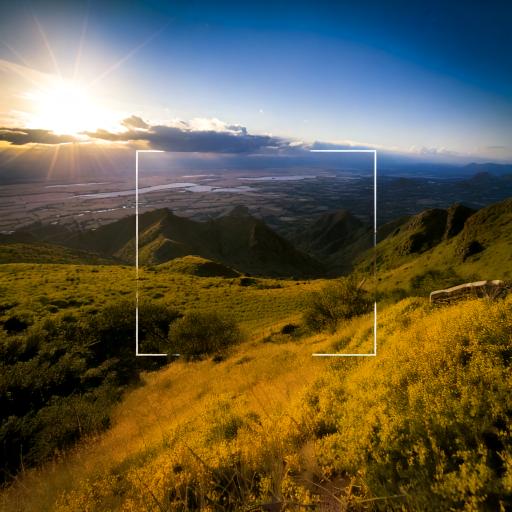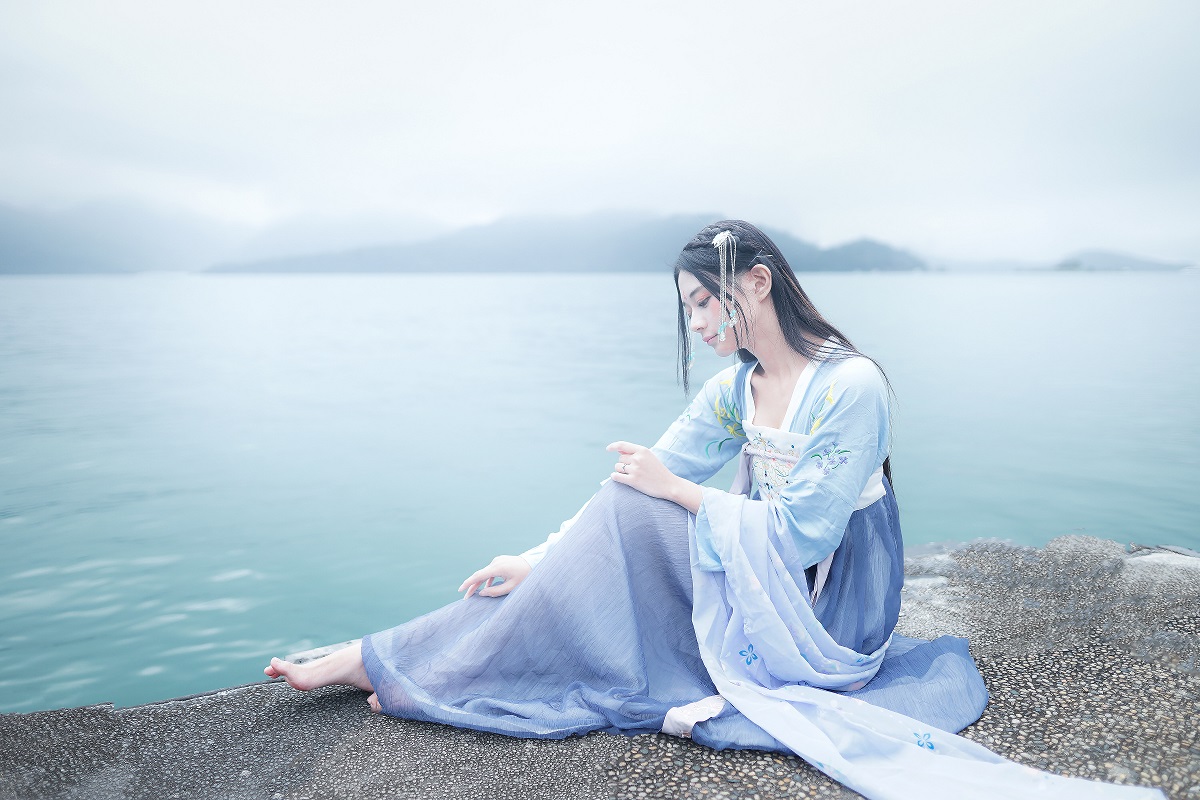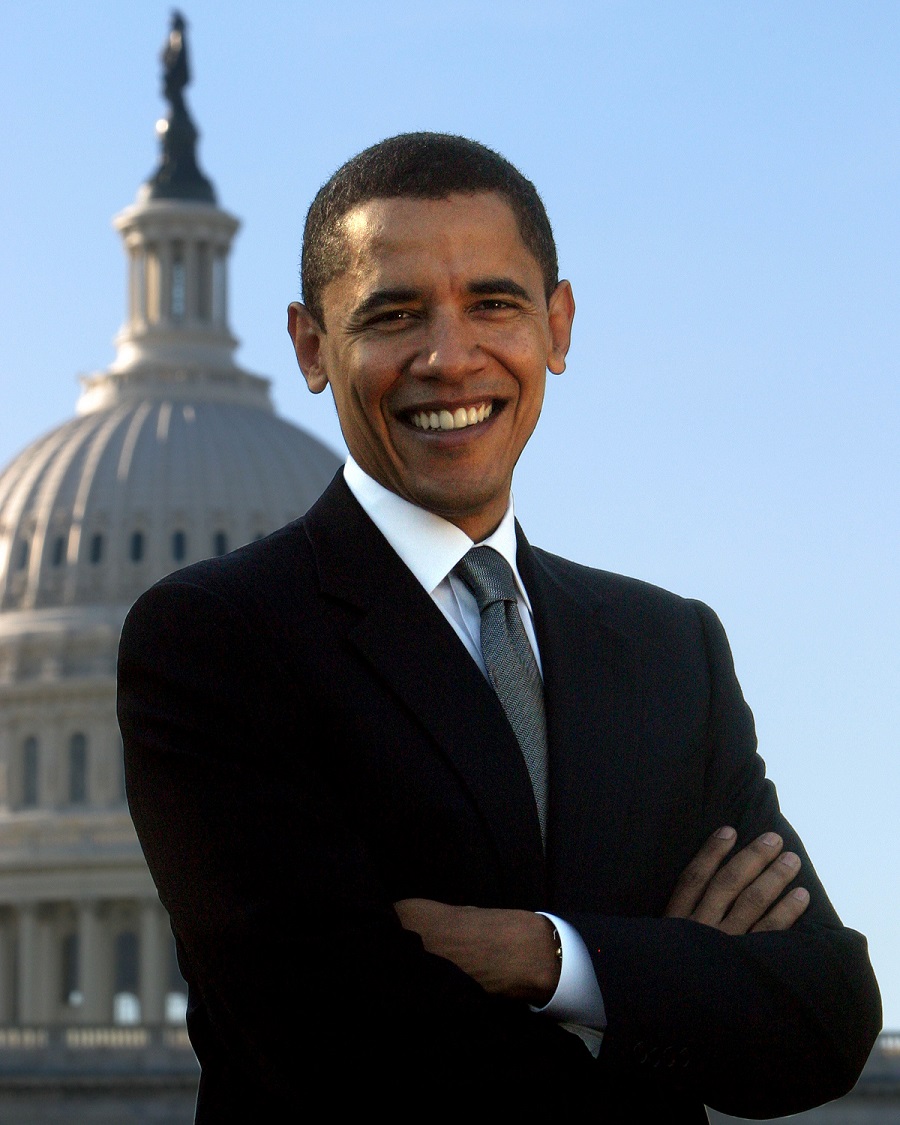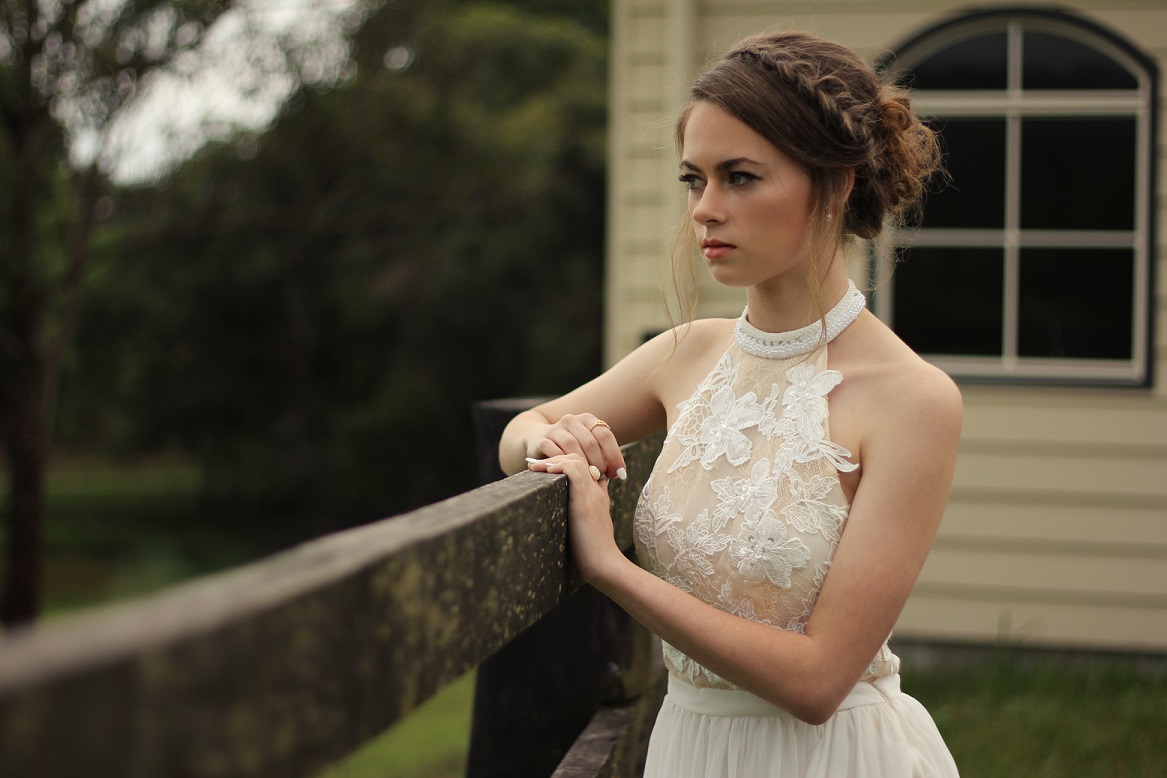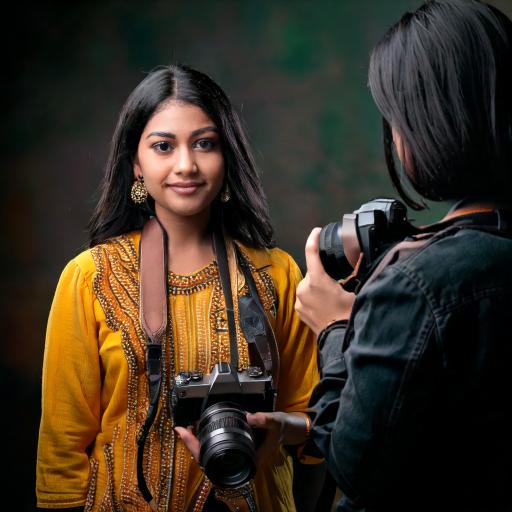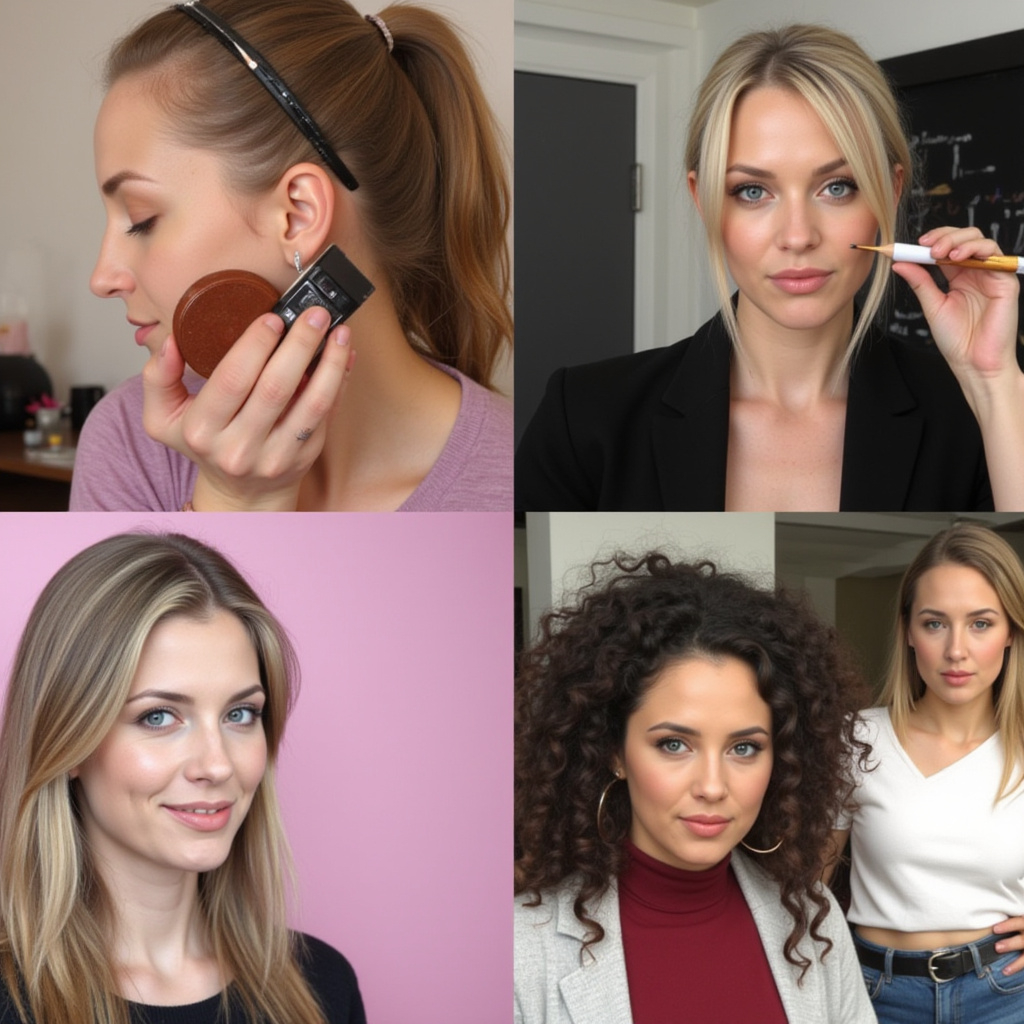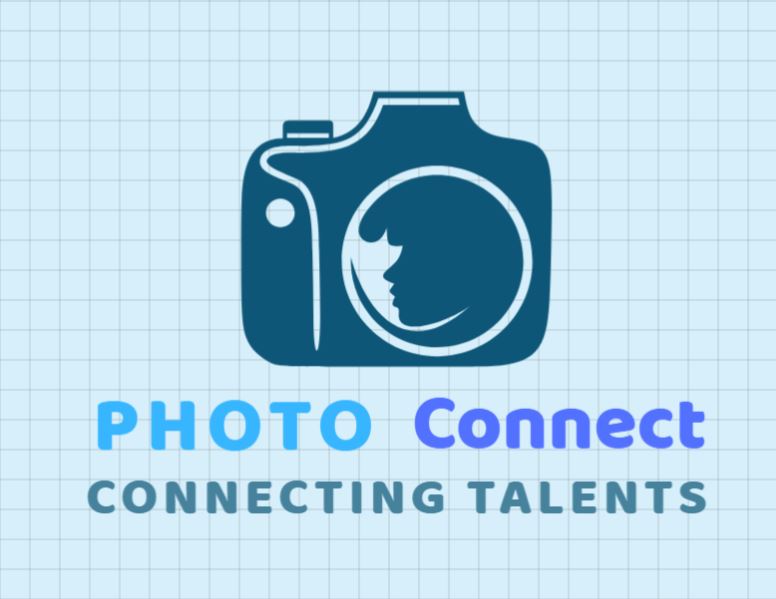Artificial intelligence (AI) is no longer a futuristic concept; it's rapidly transforming numerous industries, and photography is no exception. From enhancing image quality to automating complex tasks, AI is reshaping how we capture, edit, and even perceive photographs. This article explores the rise of AI in photography, examining its impact on various aspects of the industry and considering the implications for photographers and consumers alike.
1. AI-Powered Image Enhancement:
One of the most visible applications of AI in photography is image enhancement. AI algorithms can analyze images and automatically adjust parameters like exposure, contrast, white balance, and sharpness. This allows even amateur photographers to achieve professional-looking results with minimal effort. AI can also perform more complex enhancements, such as:
- Noise reduction: AI can effectively remove noise from images taken in low-light conditions, preserving detail and improving overall quality.
- Upscaling: AI algorithms can upscale images without significant loss of detail, allowing for larger prints or digital displays.
- Dynamic range optimization: AI can intelligently adjust the dynamic range of an image, recovering details in both highlights and shadows.
2. Automated Editing and Culling:
AI is streamlining the editing process by automating tedious tasks. AI-powered software can:
- Automatically tag and organize photos: AI can recognize objects, faces, and scenes within images, making it easier to search and organize large photo libraries.
- Suggest edits: AI can analyze an image and suggest optimal adjustments for exposure, color, and composition.
- Perform batch edits: AI can apply the same edits to multiple images simultaneously, saving photographers significant time and effort.
- Culling: AI can analyze a series of photos and identify the best shots based on factors like sharpness, composition, and emotional impact, helping photographers quickly narrow down their selection.
3. Enhanced Autofocus and Subject Tracking:
AI is revolutionizing autofocus systems, making them faster, more accurate, and more reliable. AI-powered autofocus can:
- Recognize and track subjects: AI can identify and track specific subjects, such as people, animals, or vehicles, ensuring they remain in focus even when moving.
- Predict subject movement: AI can predict the movement of a subject and adjust the focus accordingly, resulting in sharper images of fast-moving objects.
- Improve low-light autofocus: AI can enhance autofocus performance in low-light conditions, making it easier to capture sharp images in challenging environments.
4. AI-Driven Composition Assistance:
AI can even assist with composition by analyzing images and suggesting improvements. AI-powered tools can:
- Identify optimal framing: AI can analyze a scene and suggest the best framing for a shot, taking into account factors like the rule of thirds, leading lines, and symmetry.
- Suggest different perspectives: AI can suggest different angles or positions for capturing a scene, helping photographers explore creative possibilities.
5. AI-Generated Images:
Perhaps the most disruptive application of AI in photography is the creation of entirely new images. AI models can be trained on vast datasets of photographs to generate realistic or stylized images from scratch. This technology has the potential to:
- Create unique stock photos: AI can generate images of people, places, or objects that don't exist in reality, providing photographers with a virtually limitless source of stock photos.
- Enable artistic exploration: AI can be used to create surreal or abstract images, pushing the boundaries of photographic art.
- Personalized image creation: In the future, AI may allow users to generate images based on their specific needs and preferences.
6. The Impact on Photographers:
The rise of AI in photography presents both opportunities and challenges for photographers.
- Increased efficiency: AI can automate many tedious tasks, freeing up photographers to focus on creativity and client interaction.
- Improved image quality: AI can help photographers achieve better results, even in challenging conditions.
- New creative possibilities: AI can open up new avenues for artistic expression and experimentation.
- Potential job displacement: As AI becomes more sophisticated, there is a risk that some photography jobs may be automated.
- The need to adapt: Photographers will need to adapt to the changing landscape by embracing AI tools and developing new skills.
7. The Impact on Consumers:
AI is also changing how consumers interact with photography.
- Easier access to high-quality images: AI-powered tools make it easier for anyone to take and edit professional-looking photos.
- Increased personalization: AI can personalize the photography experience, suggesting edits, organizing photos, and even generating custom images.
- Potential for misinformation: AI-generated images raise concerns about the potential for misinformation and the blurring of lines between reality and fiction.
8. The Future of AI in Photography:
The future of AI in photography is full of possibilities. As AI technology continues to evolve, we can expect even more sophisticated tools and applications. Some potential developments include:
- AI-powered cameras that can anticipate the perfect shot: Cameras may be able to analyze a scene and predict the optimal moment to capture a photo.
- AI-driven storytelling: AI could be used to create dynamic photo albums or videos that automatically tell a story.
- AI-assisted photo restoration: AI could be used to restore damaged or faded photographs, bringing them back to life.
Conclusion:
AI is undeniably changing the photography industry. While some may view these changes with apprehension, others see them as exciting opportunities. By embracing AI tools and adapting to the evolving landscape, photographers can leverage the power of AI to enhance their creativity, improve their efficiency, and ultimately create even more stunning images. 1 As AI continues to develop, it's crucial to consider the ethical implications and ensure that this powerful technology is used responsibly. The future of photography is inextricably linked to the rise of AI, and it promises to be an exciting journey

